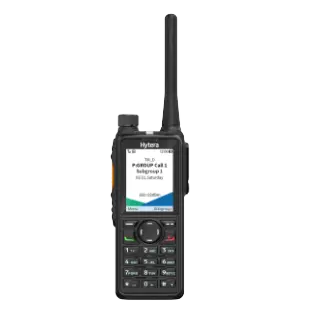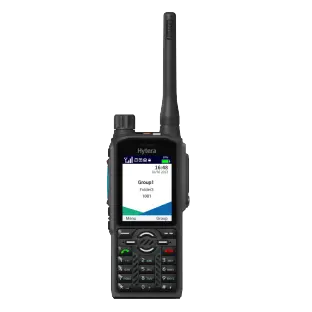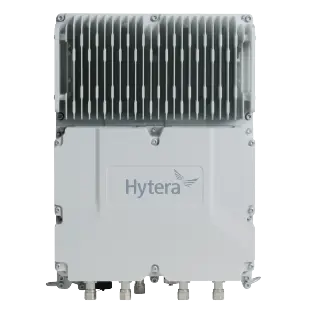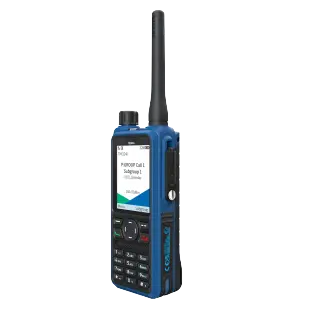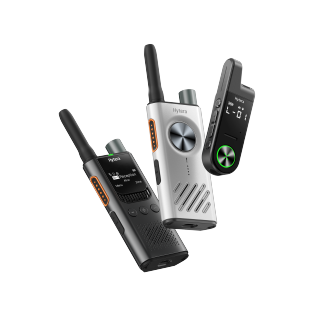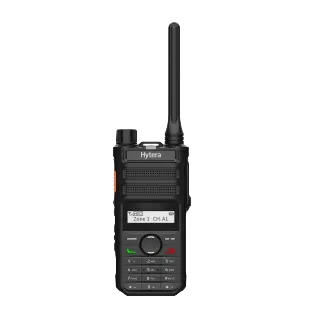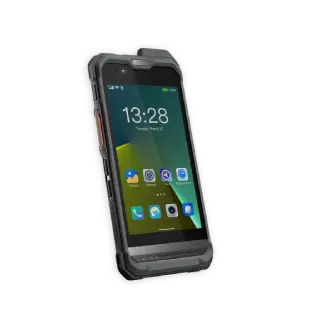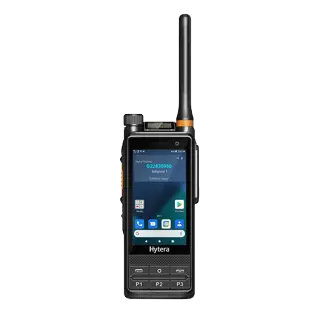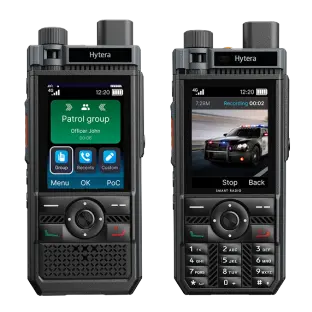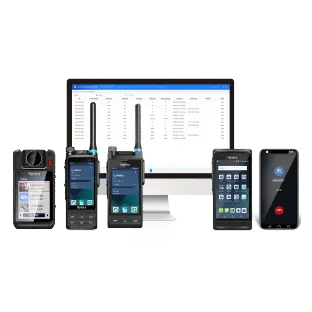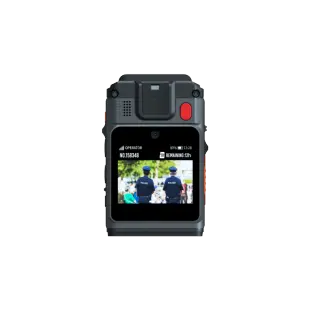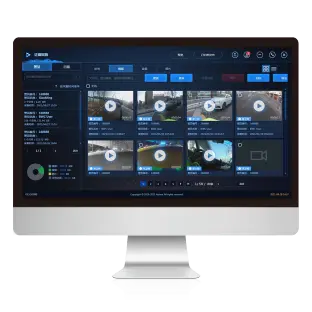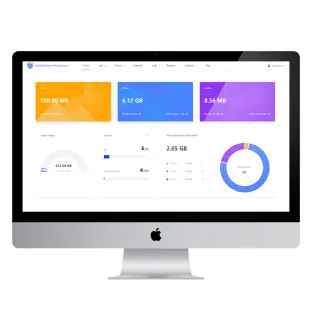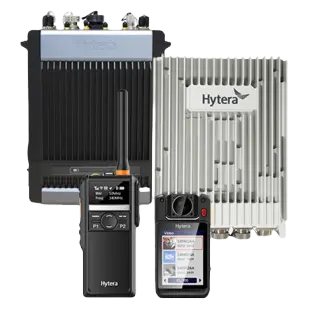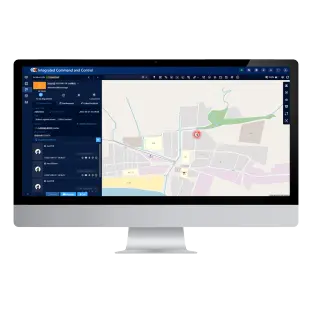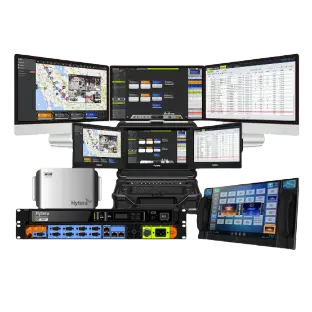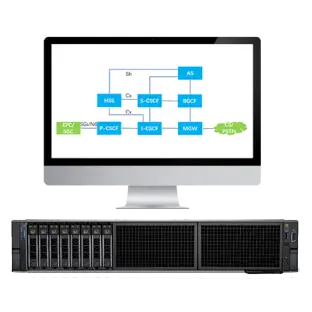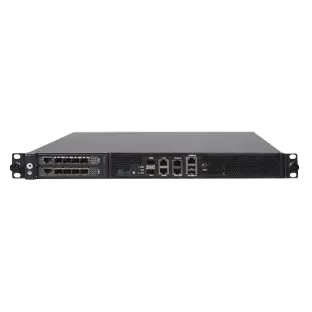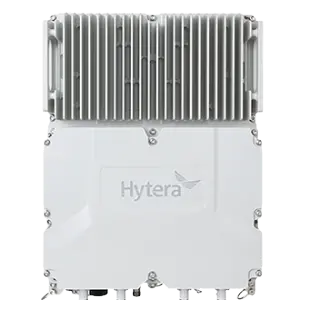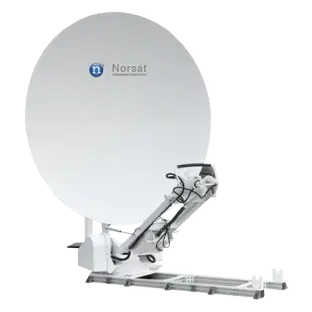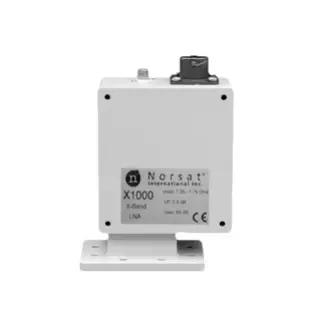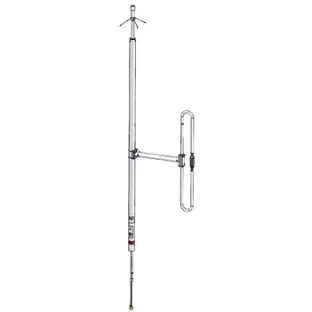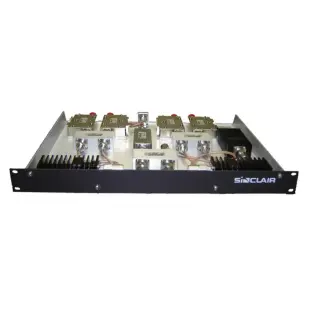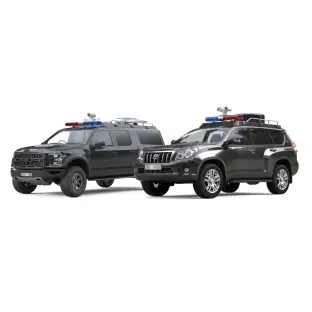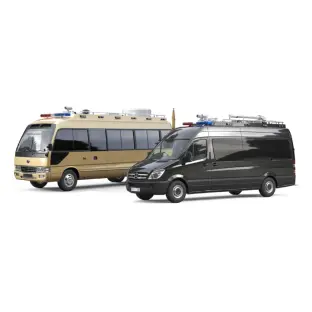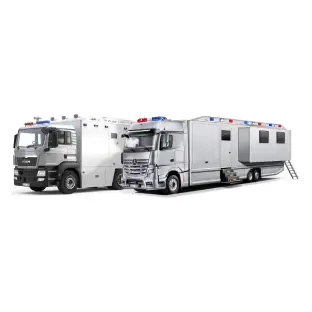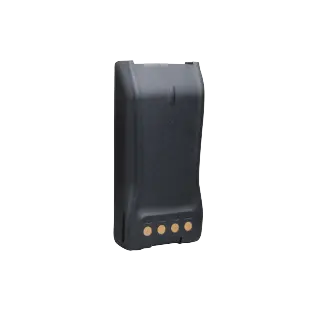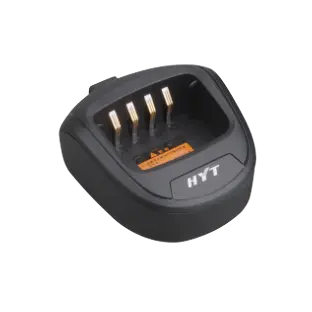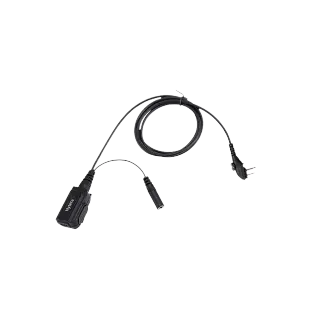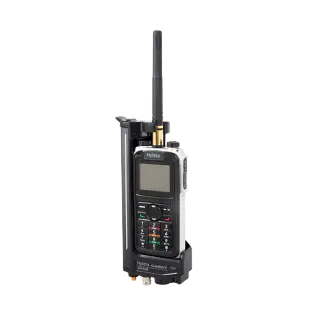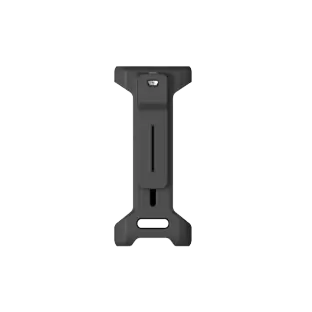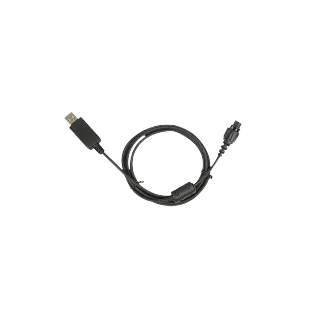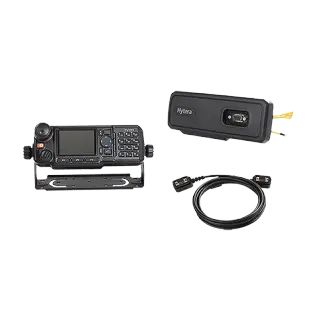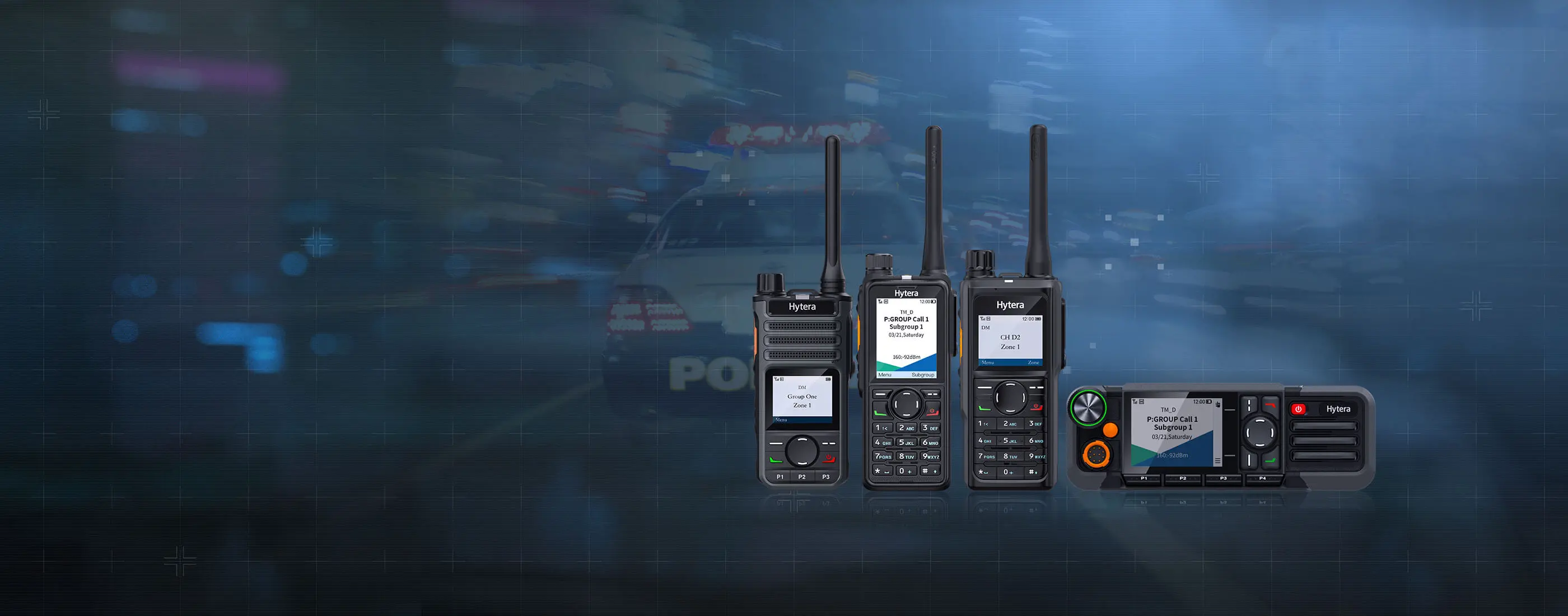
What is a Two-way Radio?
Hytera Two-way Radio Solutions
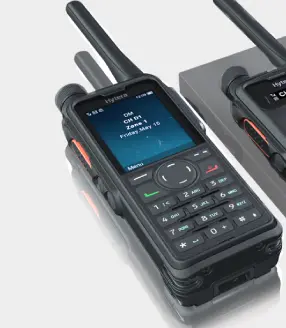
DMR Two-Way Radios
DMR Two-Way Radios
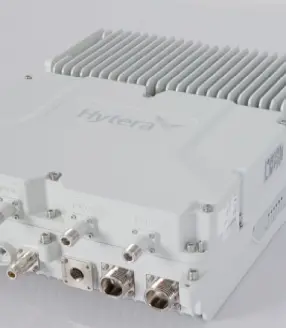
DMR Repeaters and Systems
DMR Repeaters and Systems
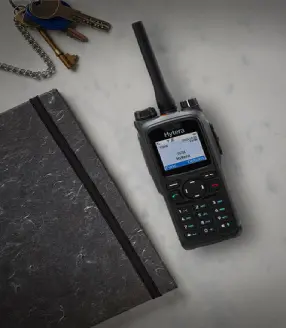
TETRA Two-Way Radios
TETRA Two-Way Radios
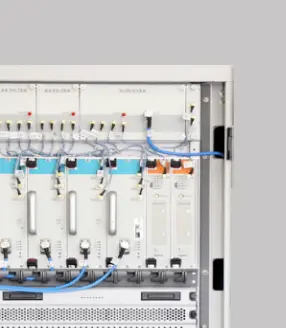
TETRA System
TETRA System
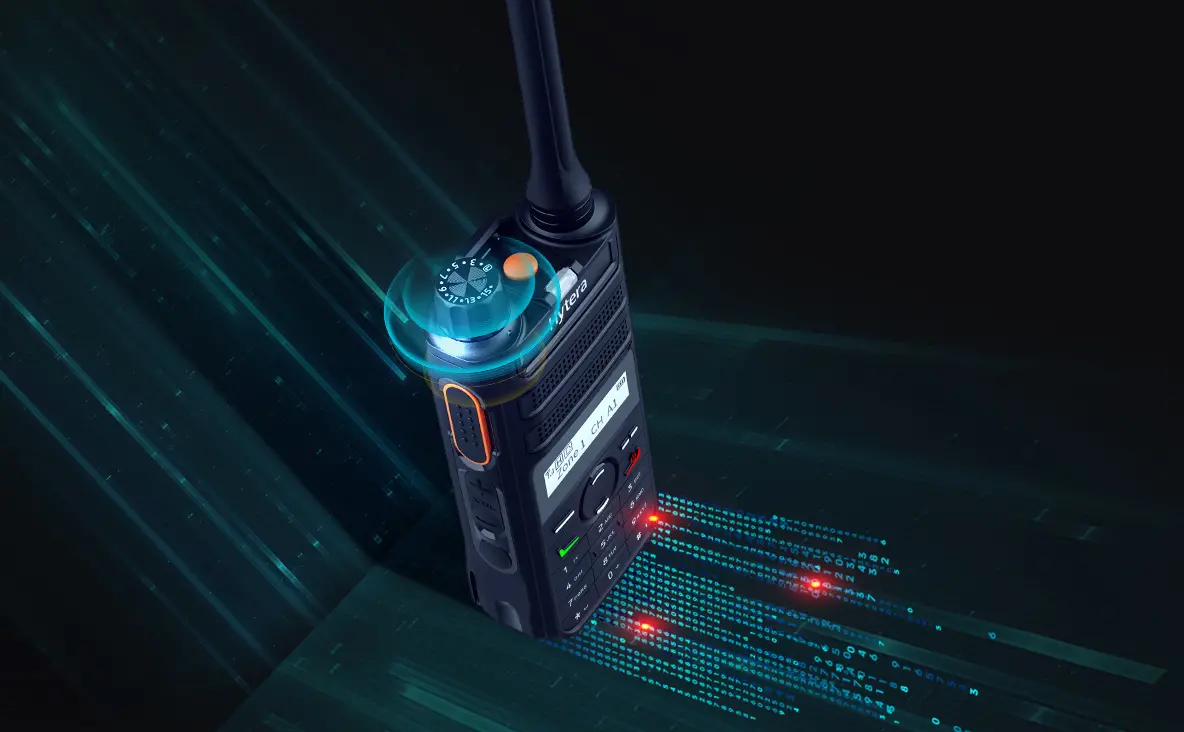
Analog Two-Way Radios
Analog Two-Way Radios

Two-way Radios Communication Features
Two-way radios have become as digitized as cell phones, and many features have become very powerful. Here are some of the features of a digital two-way radio system to make your organization and team more efficient and safer.
-
Wider Communication Frequency
Two-way radios have a relatively wide operating frequency, most of the two-way radio equipment spectrum belongs to VHF: 136 - 174 MHz and UHF: 400 - 527 MHz, these frequencies have different allocations in different countries, and the use of frequency points needs to apply for a license, but some two-way radio frequencies are allocated for free, for example, 446MHz for PMR446.
-
Excellent Compatibility
The two-way radio adopts an open standard, two-way radios of different manufacturers can communicate with each other, and the two-way radio supports analog and digital modes, ensuring a smooth transition from analog to digital, and ensuring that users’ initial investment is not lost to the greatest extent.
-
Excellent Audio Performance
The digital technology of the two-way radio can better suppress noise, especially at the edge of the coverage area, thanks to the application of narrowband codec and digital error correction technology, which makes the conversation clearer.
-
Ensures Communication Security
The two-way radio uses advanced encryption technology. If the signaling or ID does not match, the speech signal cannot be monitored, thus ensuring the privacy of user communication to the greatest extent.
-
Safety Functions
Stay safe at all times with Lone Worker, Man Down, Emergency Alarm, and GPS positioning options.
-
Data Function Service Available
A two-way digital system not only transmits audio but also provides data transmission. For example, you can send text messages and report GPS location services.
Two-way Radios Transmission Range
Here we talk about the factors that determine the transmission distance of two-way radio.
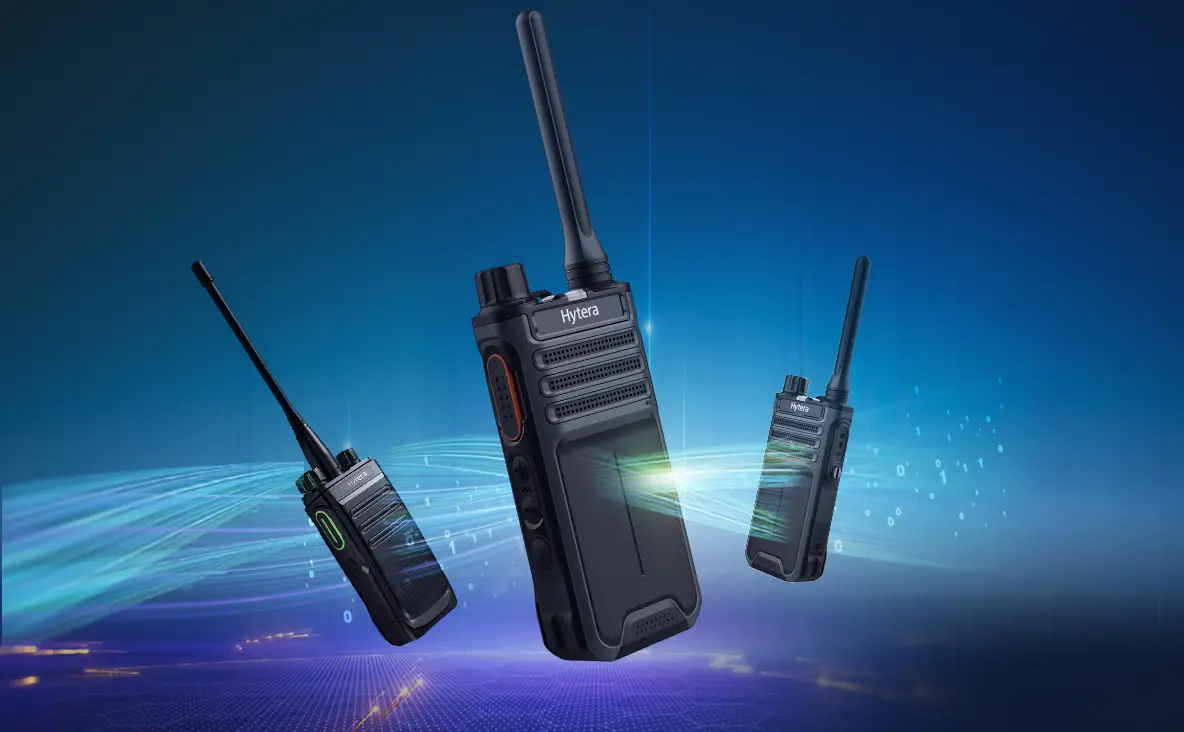
Types of Two-Way Radios
- Commercial two-way radios, these two-way radios are mainly used for commercial purposes or family outdoor travel. The price of such two-way radios is relatively cheap, and some are still using the free band.
- Professional two-way radios, these two-way radios are mainly used for industrial users and some specific environments. The price of such two-way radios is relatively expensive, the size of the machine and The weight is larger than that of commercial two-way radios, and the frequency bands used need to be licensed.
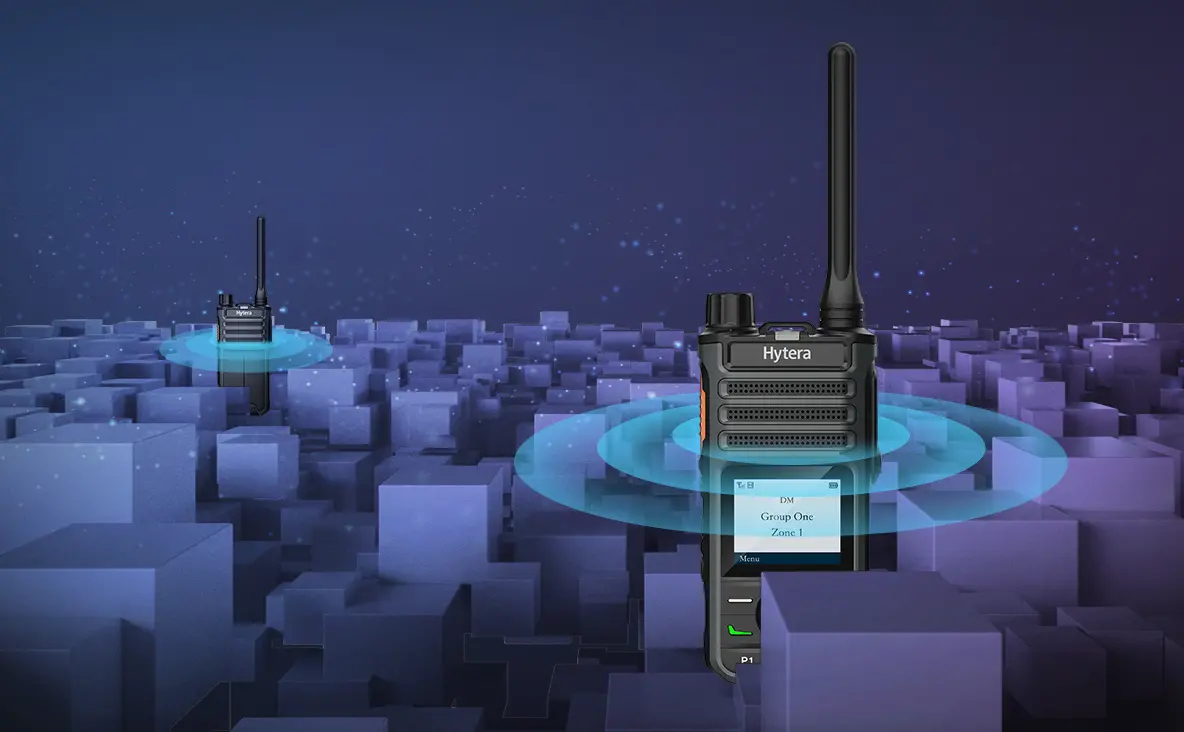
Transmit Power
- Usually, the transmission power of ordinary commercial two-way radios is limited to 2W, and many rated output powers are only 0.5W, while the transmission power of professional two-way radios is generally 4/5W. This is much higher than commercial two-way radios.
- Using 2W of transmit power will not be 4 times longer than using 0.5W of transmit power, because many other factors will also affect the range, including the sensitivity of the receiving unit.
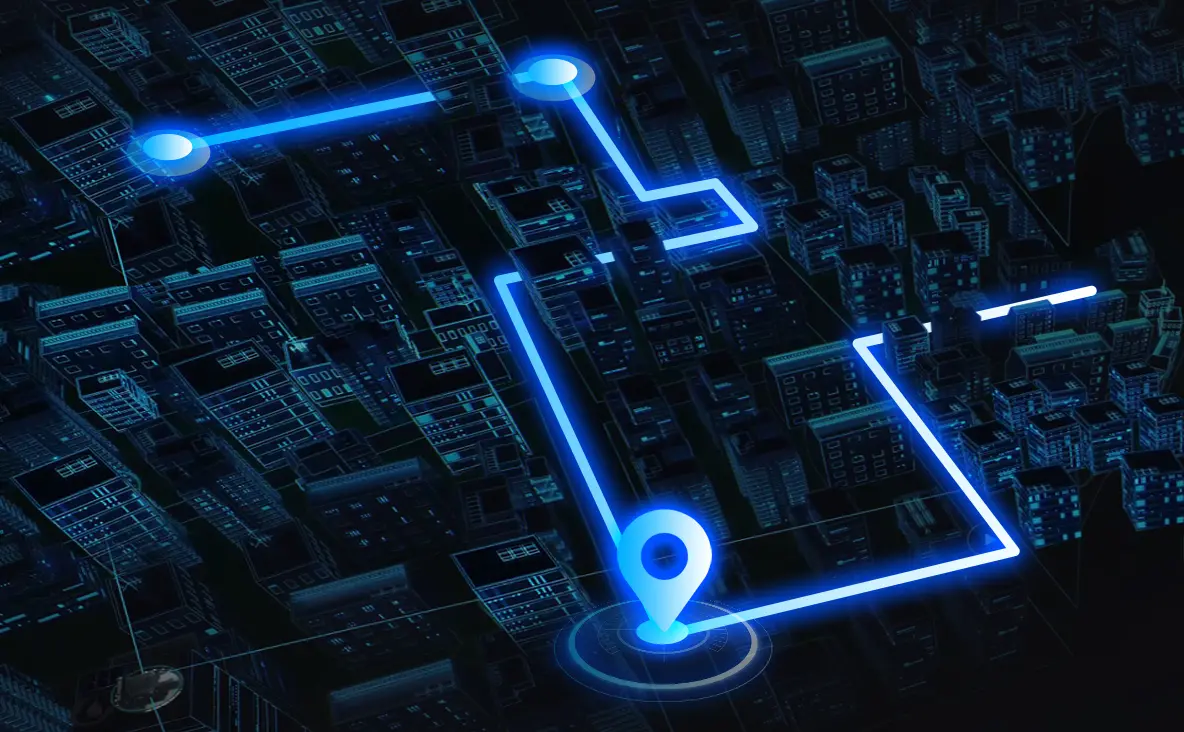
Actual Use Environment
- The communication distance of a handheld two-way radio can ideally reach 10 kilometers, but in urban areas with complex environments, the communication distance may be only 1 kilometer.
- Whether there is occlusion between the two is a key factor to achieve the maximum transmission distance. The higher the transmission distance is, the longer the line of sight is.
- The transmit power will be reduced when the power is low, and the length and type of the antenna will also affect the transmission distance.

Other Environmental Factors
- Terrain environment (hills, mountains, deep valleys)
- Large obstructions (large forests, buildings)
- Electromagnetic interference (high power transmission lines, lightning)
- Weather (thick clouds, heavy rain)
- Electromagnetic shielding
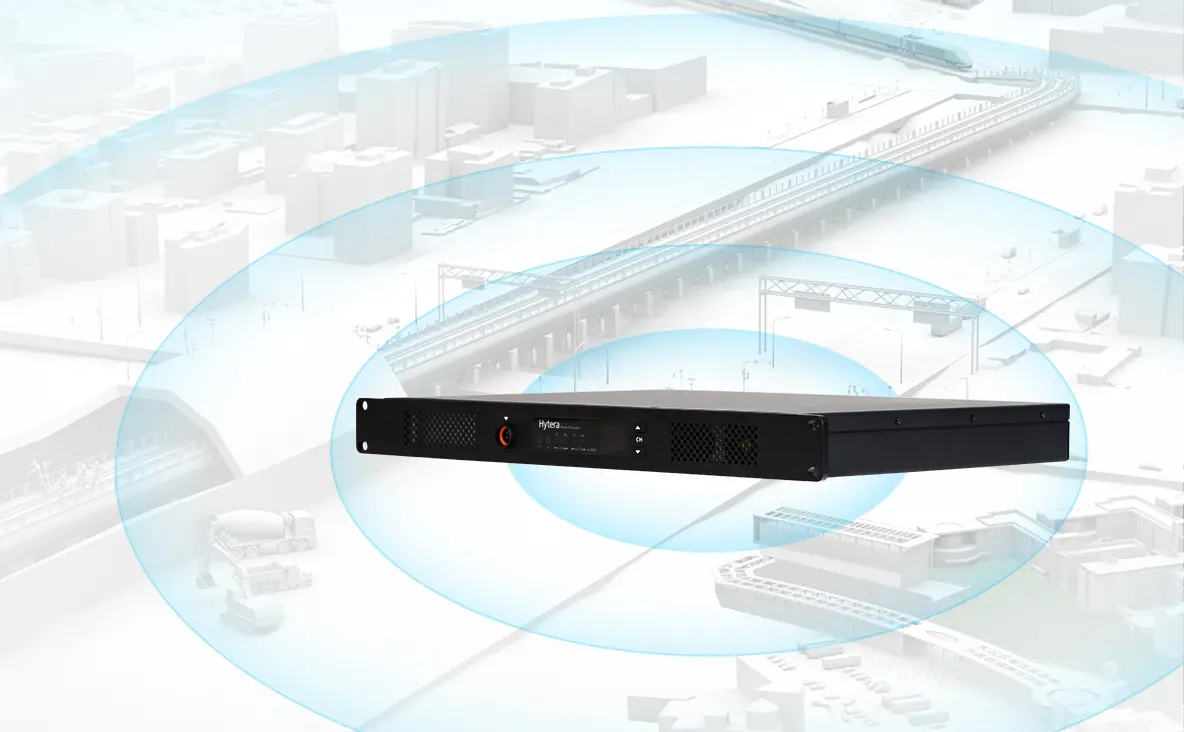
Expand Coverage
- In some application scenarios, it is necessary to set up a base station or use a repeater station to expand the communication range of the two-way radio so as to ensure the normal operation of the work.
- Two-way radio repeater extensions can amplify radio signals and can also be connected together by other means such as the Internet to achieve large coverage areas (multi-site interconnection).


